-
 Bitcoin
Bitcoin $107,407.4700
-0.69% -
 Ethereum
Ethereum $2,646.3993
-0.05% -
 Tether USDt
Tether USDt $1.0003
0.03% -
 XRP
XRP $2.2868
0.13% -
 BNB
BNB $683.6010
-0.08% -
 Solana
Solana $170.6021
-1.13% -
 USDC
USDC $0.9998
0.01% -
 Dogecoin
Dogecoin $0.2213
0.25% -
 Cardano
Cardano $0.7423
-1.07% -
 TRON
TRON $0.2764
0.55% -
 Sui
Sui $3.6189
-0.97% -
 Hyperliquid
Hyperliquid $33.1373
-3.57% -
 Chainlink
Chainlink $15.4944
-1.88% -
 Avalanche
Avalanche $22.9740
-1.06% -
 Stellar
Stellar $0.2840
-0.55% -
 Toncoin
Toncoin $3.3639
-1.02% -
 Shiba Inu
Shiba Inu $0.0...01421
0.11% -
 UNUS SED LEO
UNUS SED LEO $9.0376
-0.32% -
 Bitcoin Cash
Bitcoin Cash $412.8092
0.04% -
 Hedera
Hedera $0.1832
-1.12% -
 Litecoin
Litecoin $95.9610
0.16% -
 Polkadot
Polkadot $4.5052
-1.34% -
 Monero
Monero $342.5227
-2.64% -
 Bitget Token
Bitget Token $5.2358
-1.52% -
 Pepe
Pepe $0.0...01403
0.90% -
 Dai
Dai $1.0000
0.01% -
 Ethena USDe
Ethena USDe $0.9996
-0.10% -
 Pi
Pi $0.7064
-4.14% -
 Uniswap
Uniswap $6.8771
1.89% -
 Aave
Aave $255.8939
-4.50%
What is a mining machine cluster? What are the advantages of cluster mining?
A mining machine cluster boosts efficiency and cost-effectiveness by pooling multiple miners' computational power, enhancing security and scalability in cryptocurrency mining.
May 11, 2025 at 12:56 am
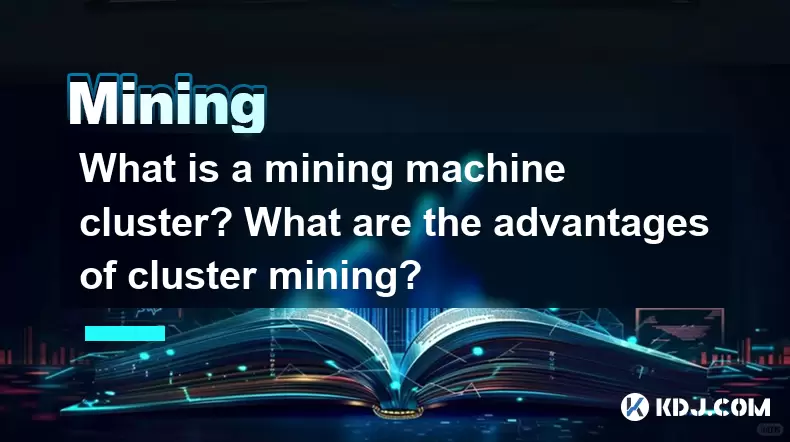
A mining machine cluster refers to a setup where multiple cryptocurrency mining machines are connected and operated together to enhance the efficiency and effectiveness of the mining process. This method of mining has gained popularity due to its ability to maximize output while potentially reducing costs. In this article, we will delve into what a mining machine cluster is and explore the various advantages of cluster mining within the cryptocurrency circle.
What is a Mining Machine Cluster?
A mining machine cluster is essentially a group of mining machines, often referred to as Application-Specific Integrated Circuit (ASIC) miners or Graphics Processing Unit (GPU) miners, that are interconnected to work as a single, cohesive unit. These machines are typically housed in a data center or a specially designed facility that can handle the high power requirements and heat output of the mining hardware.
The primary goal of a mining machine cluster is to increase the total hash rate, which is a measure of the computational power used to mine and process transactions on a blockchain network. By pooling the resources of multiple machines, miners can significantly boost their chances of solving the cryptographic puzzles required to mine new blocks and earn rewards.
Advantages of Cluster Mining
Cluster mining offers several advantages that make it an attractive option for both individual and institutional miners. Below, we will discuss some of the key benefits of utilizing a mining machine cluster.
Increased Hash Rate and Mining Efficiency
One of the most significant advantages of cluster mining is the increased hash rate it provides. When multiple mining machines are combined into a cluster, their combined computational power can lead to a higher overall hash rate. This increased hash rate means that the cluster can process more transactions and solve more cryptographic puzzles per second, thereby increasing the chances of earning mining rewards.
Moreover, mining efficiency is also improved in a cluster setup. By distributing the workload across multiple machines, the cluster can handle more data and perform more calculations without overburdening any single unit. This not only helps in maintaining the longevity of the hardware but also ensures that the mining operation runs smoothly and consistently.
Cost Efficiency and Economies of Scale
Another key advantage of cluster mining is the potential for cost efficiency. Operating a single mining machine can be expensive due to high electricity costs and the need for regular maintenance. However, when multiple machines are operated together in a cluster, miners can take advantage of economies of scale.
For instance, purchasing mining hardware in bulk can often result in lower per-unit costs. Additionally, the cost of electricity can be reduced by negotiating better rates with utility providers or by investing in more efficient cooling systems that can handle the heat output of multiple machines. Furthermore, maintenance and repair costs can be spread across the entire cluster, making it more cost-effective to keep the operation running smoothly.
Enhanced Security and Reliability
Cluster mining also offers enhanced security and reliability. When mining machines are operated individually, they are more vulnerable to hardware failures and cyber attacks. However, in a cluster setup, the risk is distributed across multiple units, reducing the impact of any single machine failing.
Additionally, clusters can be configured with redundancy and failover systems, ensuring that if one machine goes down, others can take over its workload without interrupting the mining process. This level of reliability is crucial for maintaining a steady stream of mining rewards and ensuring that the operation remains profitable.
Flexibility and Scalability
A mining machine cluster provides flexibility and scalability that individual mining setups often lack. Miners can easily add or remove machines from the cluster based on their current needs and market conditions. This flexibility allows miners to scale their operations up or down quickly, responding to changes in cryptocurrency prices or mining difficulty.
Moreover, clusters can be configured to mine different cryptocurrencies simultaneously, allowing miners to diversify their operations and potentially increase their overall profitability. This level of scalability and flexibility is a significant advantage for miners looking to maximize their returns.
Improved Data Management and Monitoring
Finally, cluster mining offers improved data management and monitoring capabilities. When multiple machines are connected in a cluster, miners can use centralized software to monitor the performance of each unit in real-time. This allows for better tracking of hash rates, power consumption, and other key metrics, enabling miners to optimize their operations and identify any issues quickly.
Additionally, centralized data management systems can help miners analyze trends and make data-driven decisions about their mining strategies. This level of insight is invaluable for maintaining a competitive edge in the fast-paced world of cryptocurrency mining.
Frequently Asked Questions
Q: Can I set up a mining machine cluster at home?
A: While it is technically possible to set up a small mining machine cluster at home, it is generally not recommended due to the high power consumption and heat output of mining hardware. Home setups may also face challenges with noise, space, and electricity costs. For these reasons, most miners opt for professional data centers or specialized facilities designed to handle the demands of cluster mining.
Q: How do I choose the right mining machines for a cluster?
A: Choosing the right mining machines for a cluster involves considering several factors, including the hash rate, power efficiency, and cost of the hardware. It's important to research different models and compare their specifications to find the best fit for your needs. Additionally, consider the cryptocurrency you plan to mine, as different machines may be more suitable for different algorithms.
Q: What are the risks associated with cluster mining?
A: While cluster mining offers many advantages, it also comes with certain risks. These include the potential for hardware failures, increased vulnerability to cyber attacks, and the high initial investment required to set up a cluster. Additionally, miners must stay informed about changes in cryptocurrency prices and mining difficulty, as these can impact the profitability of their operations.
Q: How can I optimize the performance of my mining machine cluster?
A: To optimize the performance of your mining machine cluster, consider the following strategies:
- Regular Maintenance: Keep your machines clean and well-maintained to prevent overheating and hardware failures.
- Efficient Cooling: Invest in efficient cooling systems to manage the heat output of your cluster.
- Power Management: Use power management software to monitor and optimize the electricity consumption of your machines.
- Software Updates: Keep your mining software up to date to ensure you are using the latest algorithms and features.
- Data Analysis: Use data management tools to track performance metrics and make informed decisions about your mining strategy.
Disclaimer:info@kdj.com
The information provided is not trading advice. kdj.com does not assume any responsibility for any investments made based on the information provided in this article. Cryptocurrencies are highly volatile and it is highly recommended that you invest with caution after thorough research!
If you believe that the content used on this website infringes your copyright, please contact us immediately (info@kdj.com) and we will delete it promptly.
- Bitcoin Hyper Solves Two Major Problems with Bitcoin – Slow Transactions and High Fees
- 2025-05-29 22:55:13
- Web3 developer platform Alchemy has acquired HeyMint, an NFT launchpad
- 2025-05-29 22:55:13
- title: Ethereum (ETH) Price Prediction: Will the Cryptocurrency Continue Its Upward Trajectory?
- 2025-05-29 22:50:15
- When Markets Start Moving, It's Often the Quieter Developments That Leave a Lasting Mark
- 2025-05-29 22:50:15
- The early Q2 2025 rebound saw some select altcoins post double and triple-digit gains as Bitcoin [BTC] climbed from $74K to over $100K.
- 2025-05-29 22:45:13
- Polkadot (DOT) Trading at $4.93, Up 1.62% Over the Last 24 Hours
- 2025-05-29 22:45:13
Related knowledge
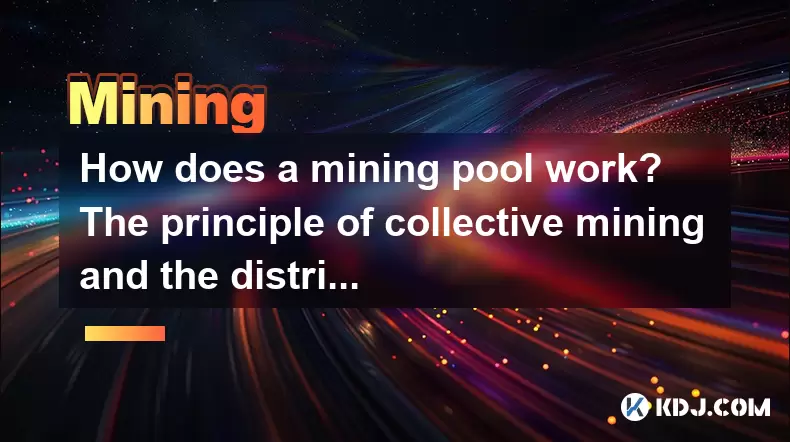
How does a mining pool work? The principle of collective mining and the distribution of benefits
May 28,2025 at 06:42pm
Mining pools are a crucial component of the cryptocurrency ecosystem, particularly for those engaged in proof-of-work (PoW) systems. The concept of a mining pool revolves around the principle of collective mining, where individual miners combine their computational resources to increase their chances of solving complex cryptographic puzzles and earning ...

What is mining difficulty? The secrets of the Bitcoin network adjustment mechanism
May 29,2025 at 04:56am
Mining difficulty is a crucial concept in the world of Bitcoin and other cryptocurrencies that use a proof-of-work consensus mechanism. It refers to the measure of how difficult it is to find a hash below a given target, which is required to successfully mine a block and earn the associated rewards. The difficulty of mining directly impacts the rate at ...
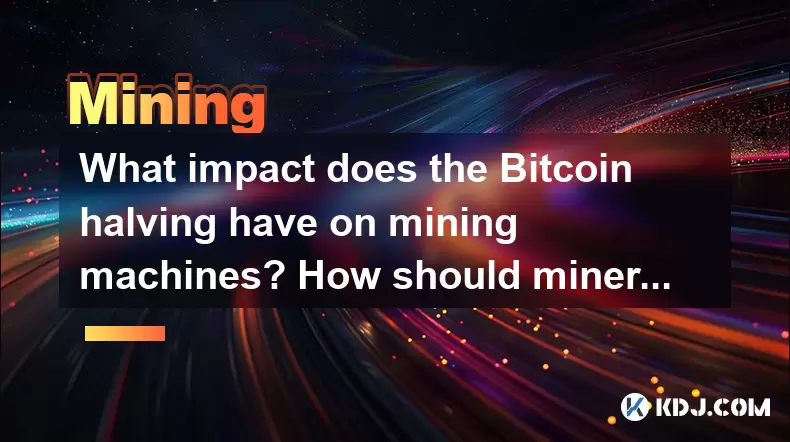
What impact does the Bitcoin halving have on mining machines? How should miners deal with it?
May 29,2025 at 12:07am
The Bitcoin halving is a significant event that occurs approximately every four years, reducing the reward for mining new blocks by half. This event has a profound impact on the cryptocurrency mining industry, particularly on mining machines and the miners who operate them. Understanding these impacts and how miners can adapt is crucial for those involv...
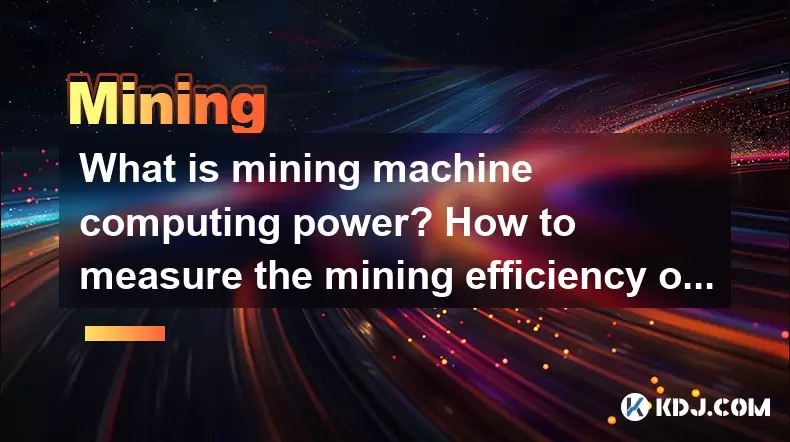
What is mining machine computing power? How to measure the mining efficiency of different mining machines?
May 28,2025 at 09:01pm
Mining machine computing power, often referred to as hash rate, is a critical metric in the world of cryptocurrency mining. It represents the speed at which a mining machine can solve the complex mathematical problems required to validate transactions and add them to the blockchain. The higher the hash rate, the more computational power a mining machine...
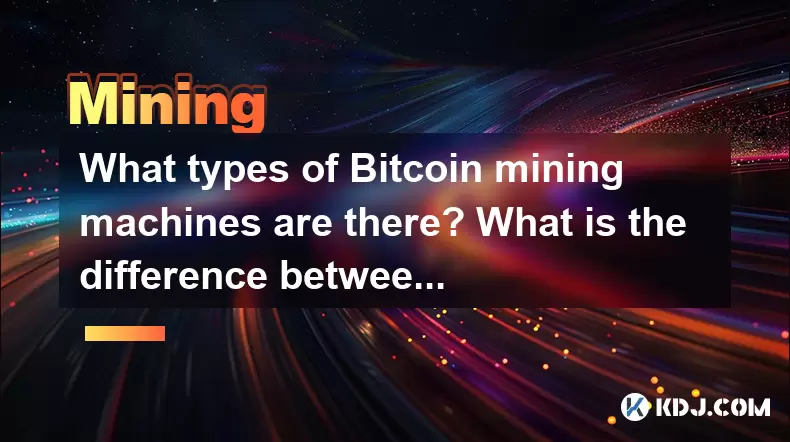
What types of Bitcoin mining machines are there? What is the difference between ASIC mining machines and FPGA mining machines?
May 28,2025 at 10:49pm
Bitcoin mining has become an increasingly competitive field, with various types of mining machines designed to enhance efficiency and profitability. Understanding the different types of Bitcoin mining machines is essential for anyone looking to enter this space. This article will explore the various types of Bitcoin mining machines, focusing on ASIC and...
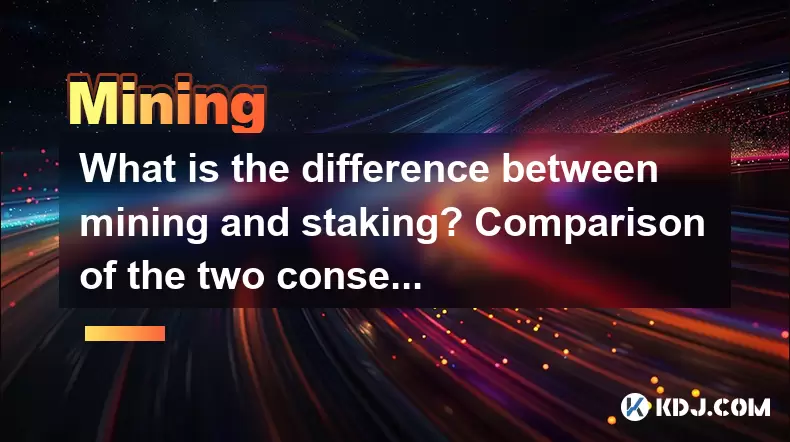
What is the difference between mining and staking? Comparison of the two consensus mechanisms
May 29,2025 at 11:49am
Mining and staking are two primary consensus mechanisms used in blockchain networks to validate transactions and secure the network. While they serve the same purpose, their operational methodologies and requirements differ significantly. This article delves into the nuances of both mining and staking, providing a comprehensive comparison to help you un...

How does a mining pool work? The principle of collective mining and the distribution of benefits
May 28,2025 at 06:42pm
Mining pools are a crucial component of the cryptocurrency ecosystem, particularly for those engaged in proof-of-work (PoW) systems. The concept of a mining pool revolves around the principle of collective mining, where individual miners combine their computational resources to increase their chances of solving complex cryptographic puzzles and earning ...

What is mining difficulty? The secrets of the Bitcoin network adjustment mechanism
May 29,2025 at 04:56am
Mining difficulty is a crucial concept in the world of Bitcoin and other cryptocurrencies that use a proof-of-work consensus mechanism. It refers to the measure of how difficult it is to find a hash below a given target, which is required to successfully mine a block and earn the associated rewards. The difficulty of mining directly impacts the rate at ...

What impact does the Bitcoin halving have on mining machines? How should miners deal with it?
May 29,2025 at 12:07am
The Bitcoin halving is a significant event that occurs approximately every four years, reducing the reward for mining new blocks by half. This event has a profound impact on the cryptocurrency mining industry, particularly on mining machines and the miners who operate them. Understanding these impacts and how miners can adapt is crucial for those involv...

What is mining machine computing power? How to measure the mining efficiency of different mining machines?
May 28,2025 at 09:01pm
Mining machine computing power, often referred to as hash rate, is a critical metric in the world of cryptocurrency mining. It represents the speed at which a mining machine can solve the complex mathematical problems required to validate transactions and add them to the blockchain. The higher the hash rate, the more computational power a mining machine...

What types of Bitcoin mining machines are there? What is the difference between ASIC mining machines and FPGA mining machines?
May 28,2025 at 10:49pm
Bitcoin mining has become an increasingly competitive field, with various types of mining machines designed to enhance efficiency and profitability. Understanding the different types of Bitcoin mining machines is essential for anyone looking to enter this space. This article will explore the various types of Bitcoin mining machines, focusing on ASIC and...

What is the difference between mining and staking? Comparison of the two consensus mechanisms
May 29,2025 at 11:49am
Mining and staking are two primary consensus mechanisms used in blockchain networks to validate transactions and secure the network. While they serve the same purpose, their operational methodologies and requirements differ significantly. This article delves into the nuances of both mining and staking, providing a comprehensive comparison to help you un...
See all articles



























































